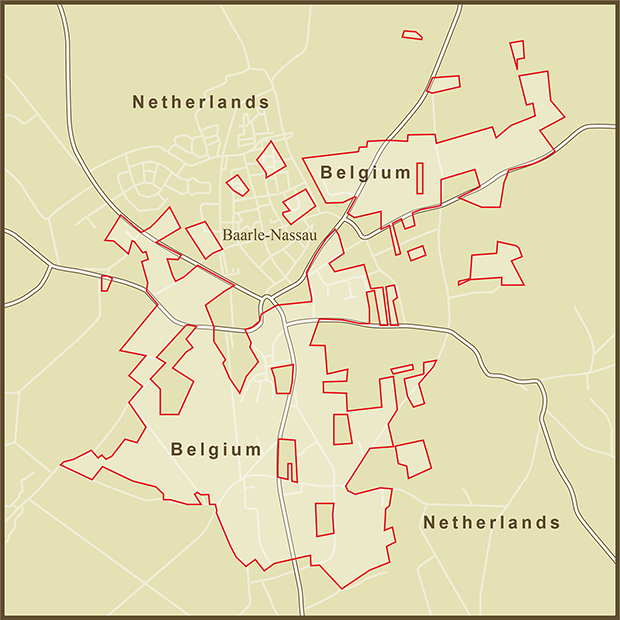"Good Fences make good neighbors"
"Something there is that doesn't like a wall". – Robert Frost, 'Mending Wall'
My primary focus on this blog is the many interesting stories behind the borders we see today. But there was a time when borders did not exist and not everyone wants them when they're drawn. This is often the case with regards to nomadic people around the Word. It is also a big part of the history of borders on the Arabian Peninsula including this unique set of borders within the UAE.
Peter Easton, a commenter on a couple of my maps, has spent time in the region, including Oman, working on water issues. He understands the history and tribal dynamics well and shared the following insights,
"Historically there were no borders, and no concept of nation states. Allegiance was to a tribe and its head sheikh. This could be fluid, with tribes or sheikhs switching allegiances from time to time. Thus, to some extent, modern borders represent a snap shot of allegiances at a given time. The reason for an allegiance was complex. It could be based on family or tribal ties, on religion (with Islam having various sub-sects), on bribery, etc. When a group switched allegiance, its 'territory' went with it. The boundary of a group's territory was also dependent on various factors: where their oases was, where a vital water well was, where their goats and camels preferred to graze, location of historical burial grounds, etc, etc. The idea of a border as a line was quite meaningless. The land of the desert and mountains had no value to anyone except the local tribes. On older Arabian maps, you will often see no lines or just dotted lines. But this all changed when oil was discovered. Suddenly the precise location of a border line became very political and valuable."
By definition, the United Arab Emirates (UAE) is a collection of separate emirates into a single country. Each emirate is itself a composition of smaller regions with roots in the Arabian Peninsula's tribal era. Oman, a separate country from the UAE is itself separated into two large areas by the UAE. The Oman exclave has existed for some time but the UAE enclave within it appears to be a recent development. There is a village called Nahwa that sits just inside the UAE enclave. The whole region is mountainous and appears quite desolate so I had trouble seeing the "logic" behind the border on satellite imagery. At some point, the Sheikh of Nahwa probably switched his allegiance from Oman to the UAE and the outline of the exclave relates to the extent of the tribe's territory.
In an area where water is scarce, oases bound tribes to an area. It was also the search for more water that led to the discovery of oil on the Arabian Peninsula. Finally, it was oil that solidified so many borders here and around the world and led to strange ones like this.
Sources: Wikipedia




















